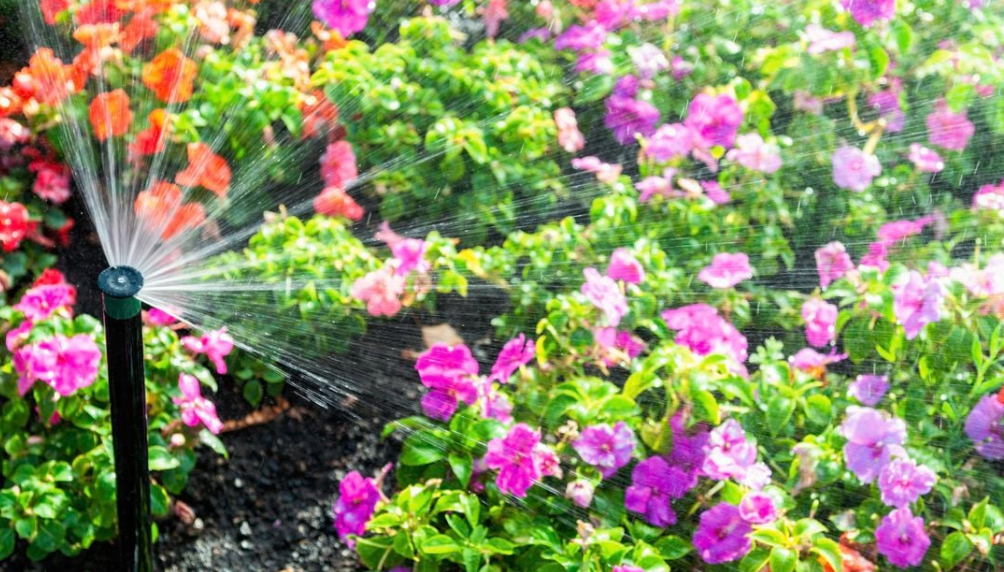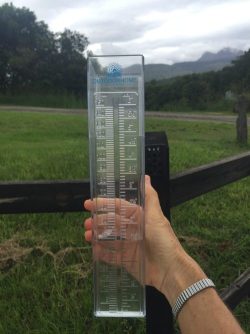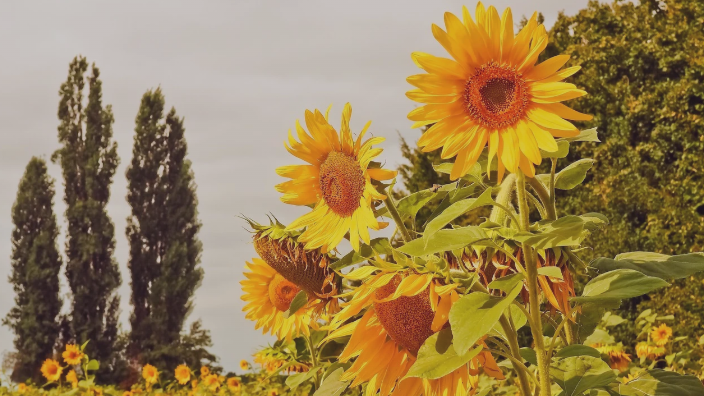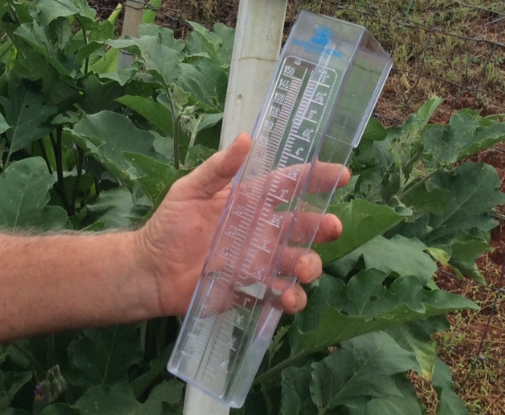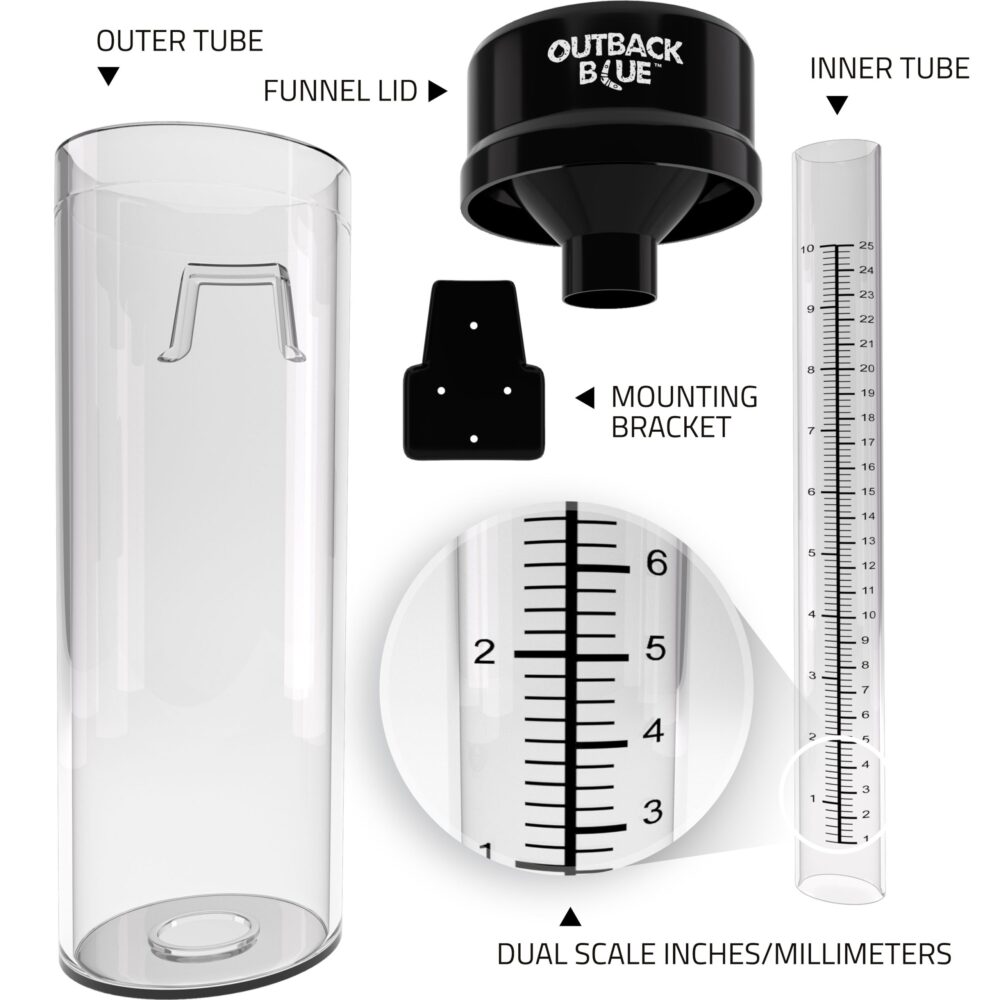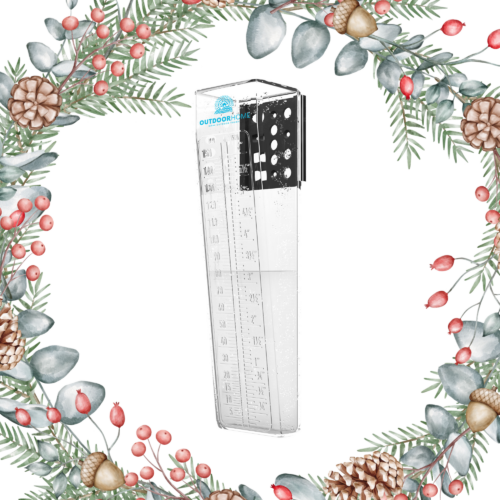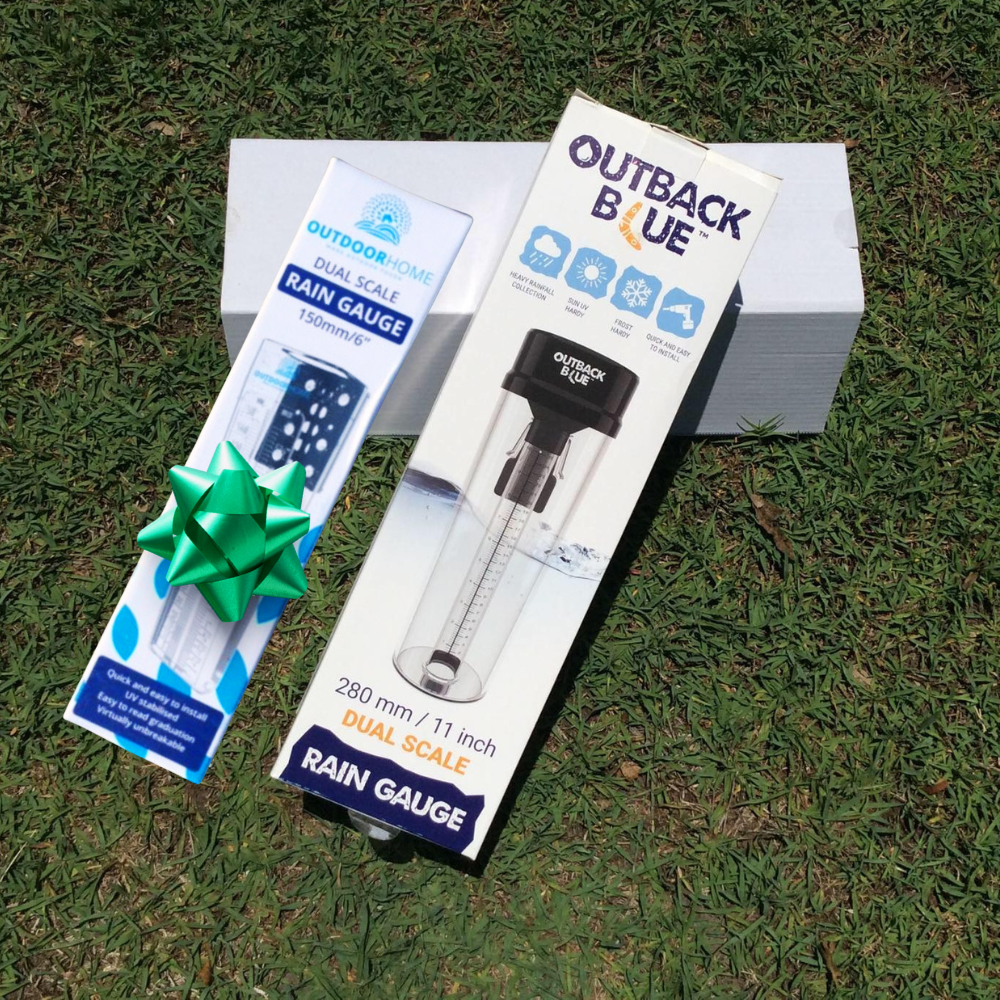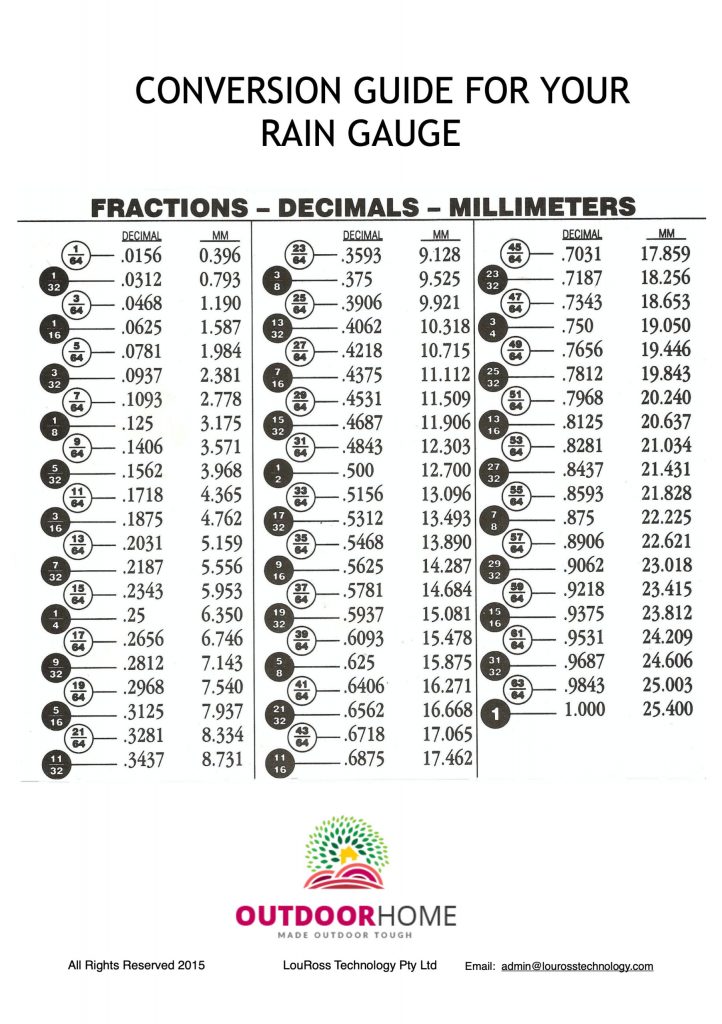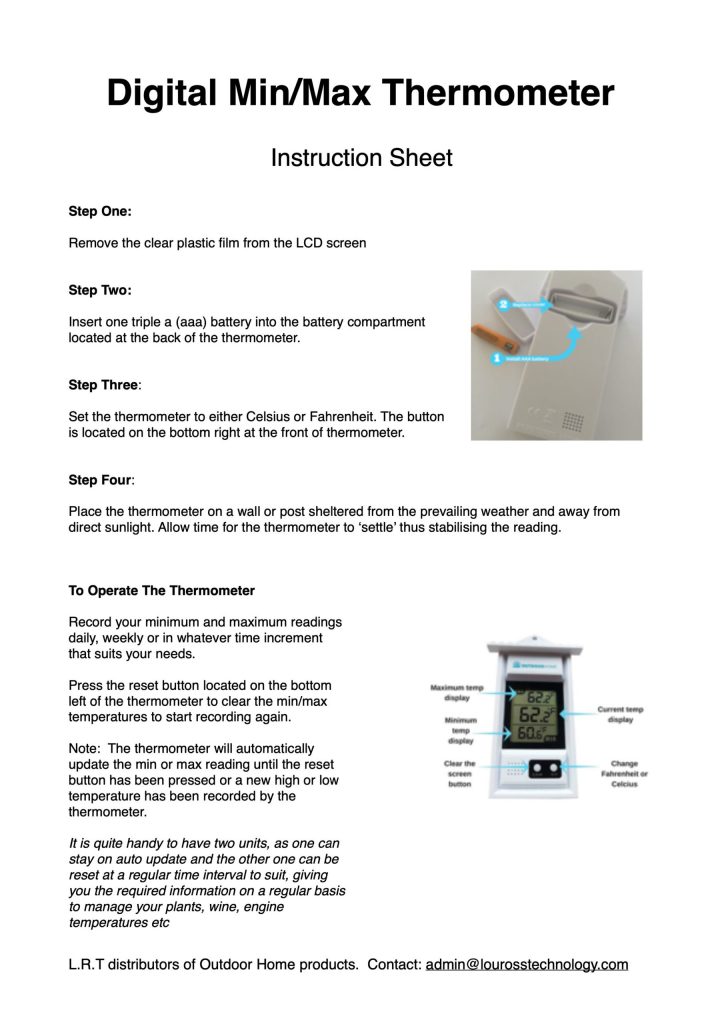Many gardeners waste water by guessing when to water, causing soggy soil and plant damage. Using a quality rain gauge helps track rainfall accurately, preventing overwatering, saving water, and improving plant health and garden management.
The average gardener wastes hundreds of litres of water each month by guessing when their plants need watering. After a light shower, many turn on sprinklers anyway, unsure if nature provided enough water. This guesswork leads to soggy soil, root rot, and water bills that make gardeners wince.
Most gardeners rely on the "finger test" or simply water on schedule, regardless of recent rainfall. Yet rainfall varies dramatically even within the same suburb. Your backyard might receive 5mm while your neighbor gets 8mm from the same storm. Without accurate measurement, gardeners choose between risking drought stress and drowning their plants. A quality rain gauge solves this problem, but only if it has the right features.
The Hidden Cost of Watering Blind
Over-watering causes more plant deaths than drought, especially in vegetable gardens and lawn care. When soil stays too wet, roots suffocate from a lack of oxygen. Fungal diseases thrive in constantly moist conditions. Nutrients wash away before plants can absorb them. Meanwhile, your water meter spins unnecessarily.
These problems multiply when gardeners can't track actual rainfall. A passing shower might deliver 2mm or 20mm—the difference between needing supplemental water and having plenty for the week—and without measurement, even experienced gardeners make costly mistakes.
5 Essential Features for Accurate Rain Tracking
1. Large Capacity with Clear Dual Measurements
A rain gauge needs sufficient capacity to handle heavy downpours without overflowing. Look for at least 150mm (6 inches) capacity to capture most rain events completely. Dual-scale markings in both millimeters and inches prevent conversion errors. The measurements should use raised or molded markings that won't fade or wash away over time.
2. Mount-and-Forget Installation
The best rain gauges attach securely to existing fence posts, deck rails, or garden stakes. A sliding bracket system beats complicated mounting hardware. You want an installation that takes minutes, not hours, and stays stable through wind and weather. The gauge should slide out easily for emptying but remain secure during storms.
3. UV-Resistant Construction
Australian sun destroys cheap plastic within months, and quality rain gauges use polycarbonate or similar materials that resist yellowing, cracking, and clouding. The plastic should stay clear for easy reading after years outdoors. Thick walls prevent warping that could affect accuracy. This durability matters more than decorative features.
4. Manual Simplicity
Electronic rain gauges seem appealing, but batteries die, sensors fail, and displays fade. Manual gauges work forever with zero maintenance, and this reliability beats any digital convenience when you need consistent data year after year.
5. Easy-Clean Design
Debris, algae, and mineral deposits naturally build up in any outdoor container, so a rain gauge must be easy to clean to ensure accurate measurements. Removable designs that lift off their mounts make maintenance simple, and some models even include cleaning brushes sized to fit the tube. Additionally, wide openings help prevent clogging while capturing light drizzle with precision.
Making Informed Watering Decisions
Professional landscapers and serious gardeners usually invest in commercial-grade gauges. Though pricier than basic models, these gauges provide years of reliable service, making the investment worthwhile through water savings and healthier plants. For most home gardeners, a quality mid-range option offers the essential features without an excessive cost.
Once installed, a rain gauge can transform how you manage your garden. After each rain event, check the readings to track exactly how much moisture your plants receive. Most vegetables and lawns require about 25mm of water per week during the growing season. If rain provides only 15mm, you can supplement with 10mm of irrigation. This precise approach helps prevent both under- and over-watering, promoting healthier plants and more efficient water use.
Some gardeners empty their gauge daily for maximum accuracy. Others check weekly, accepting slightly less precise data for convenience. Either approach beats guessing, but the key is consistency—same location, same schedule, same method.
Your Next Steps
Installing a quality rain gauge takes one afternoon but improves your garden for years. Start by identifying a mounting location away from buildings and trees but accessible for reading. South-facing positions minimize sun exposure. Consider visibility from your kitchen window for convenient monitoring.
For those ready to stop guessing about rainfall, quality gauges from established manufacturers provide the features that matter. Whether you garden for food, beauty, or relaxation, accurate rainfall data helps plants thrive while conserving water and money.

